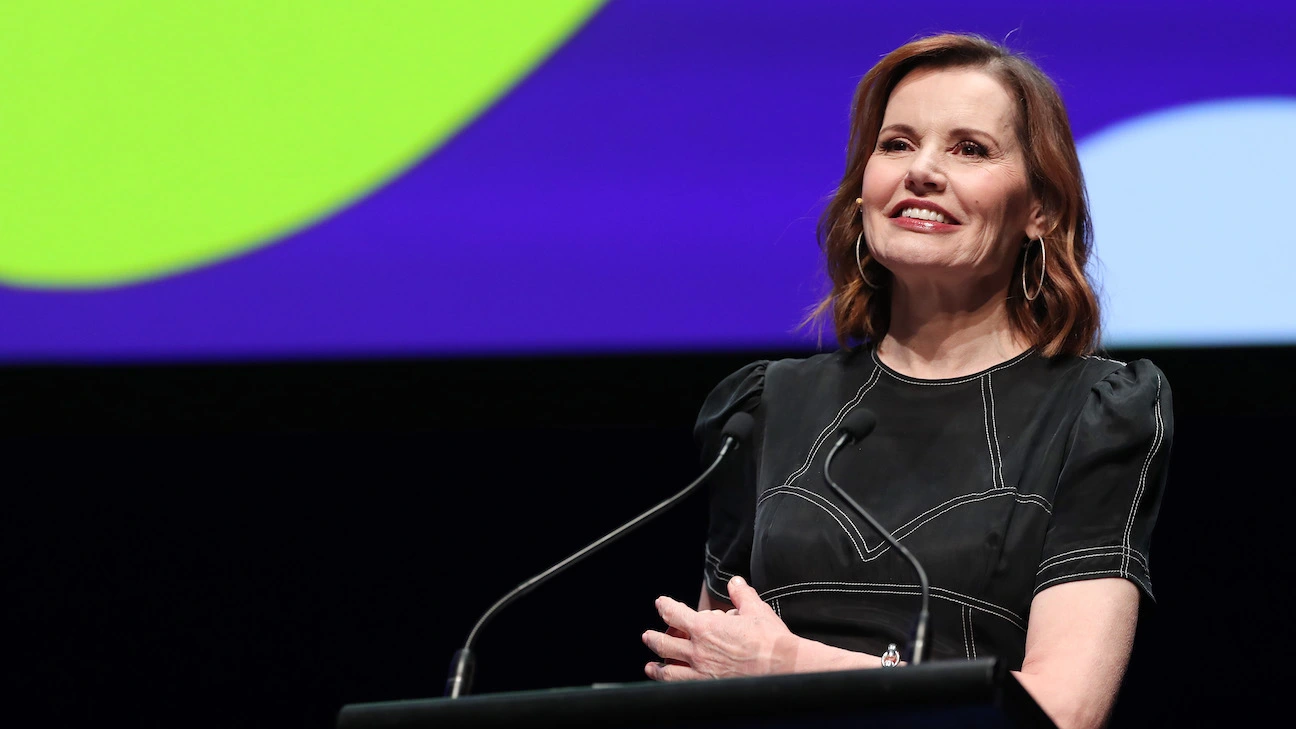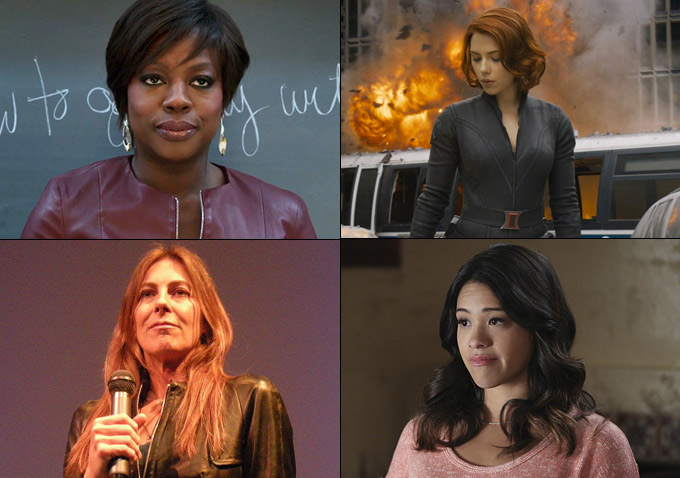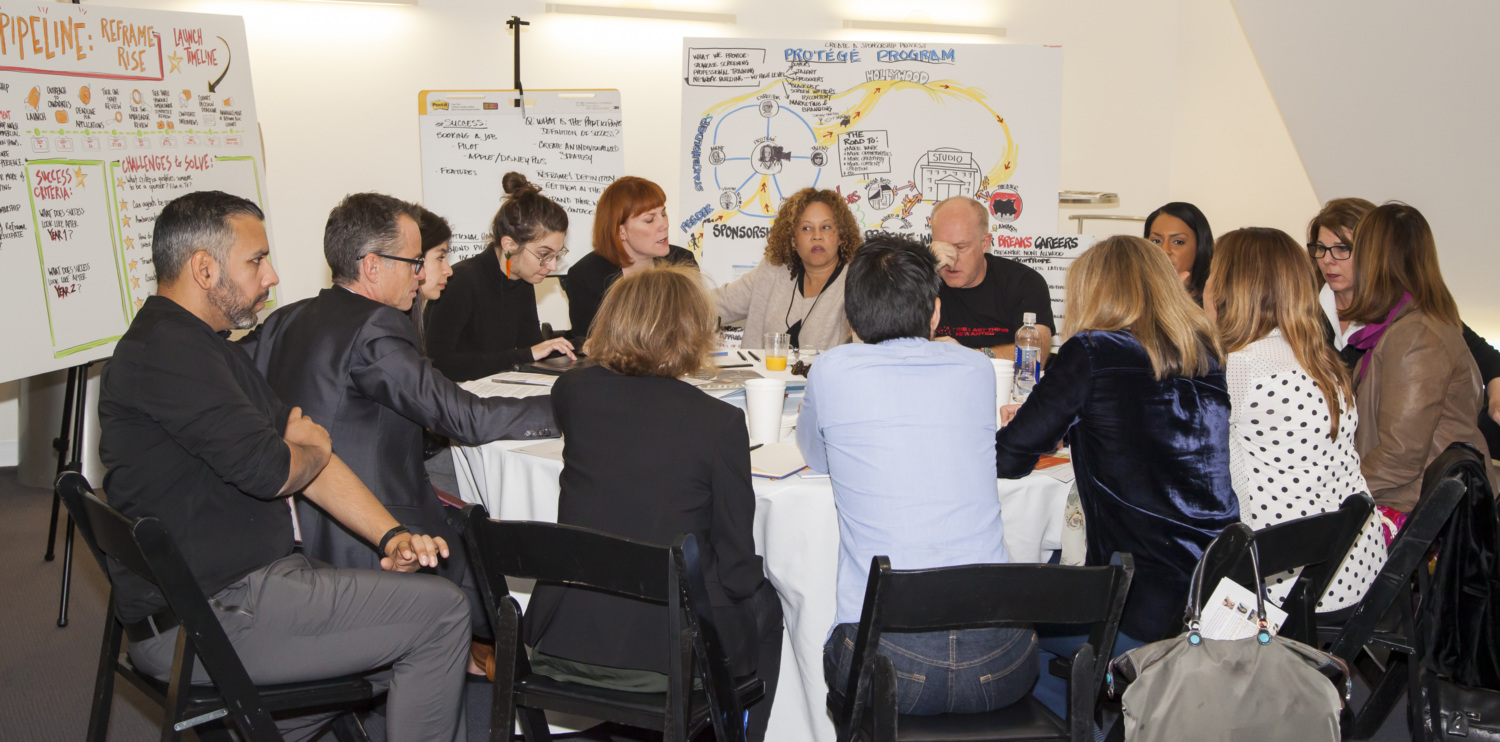Common Tropes to Avoid
Founded in 2004 by Academy Award Winning Actor Geena Davis, the Geena Davis Institute on Gender in Media is the only research-based organization working collaboratively within the entertainment industry to create gender balance, foster inclusion and reduce negative stereotyping in family entertainment media.
As a companion to their recent research study “Looking Back and Moving Forward: The State of Representation in Popular Television from 2016 to 2020,’ the Institute released the guide ‘REPRESENTATION PITFALLS: Common Tropes to Avoid.’
You’ll find below excerpts from that guide and a link to view the full report and recommendations from the Geena Davis Institute on Gender in Media.
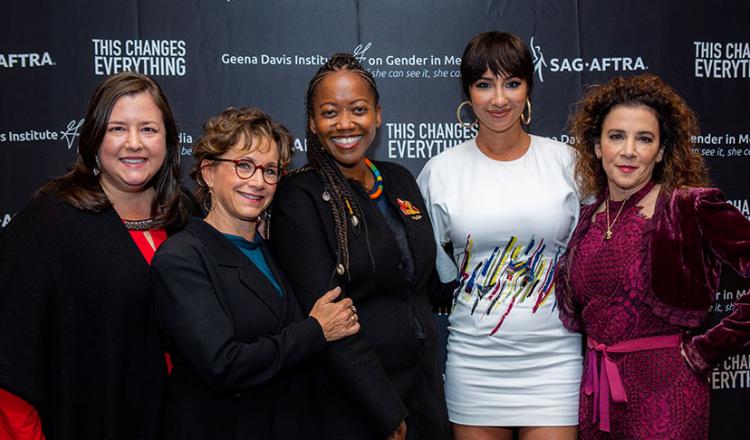
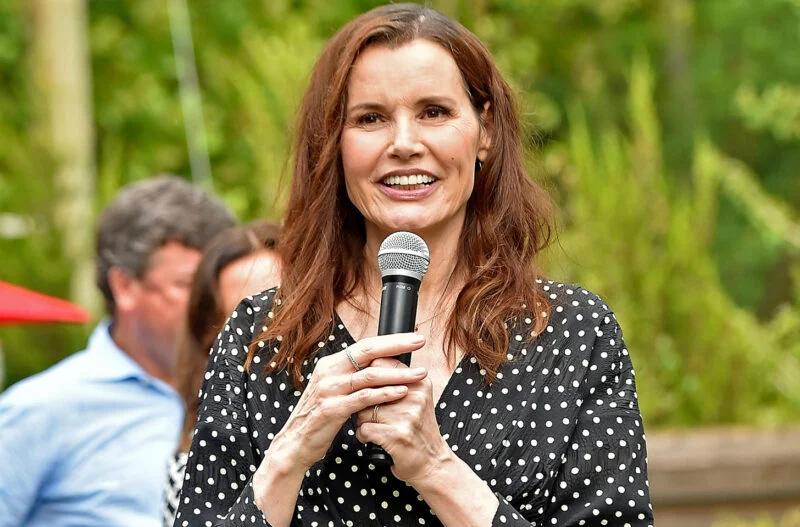
A leader in both research and action, the Geena Davis Institute for Gender in Media (GDIGM) has created a PDF companion to their recent report on representation which addresses all-to-common tropes across gender, race, LGBTQIA status, disability, age, and body size. In storytelling, a trope is shorthand for a concept that the audience will recognize and understand instantly. GDIGM regularly analyze the quality of representations in television and film, and in so doing have identified pervasive tropes that are common in television programming.
We encourage you to download the guide, and take action today in eliminating these harmful tropes from your content.
Download the GuideDehumanizing tropes in media such as the Yellow Peril, Perpetual Foreigner, and Model Minority leads directly to physical violence against us in the real world, which is why this is more than a representation issue, it’s a social justice issue.
